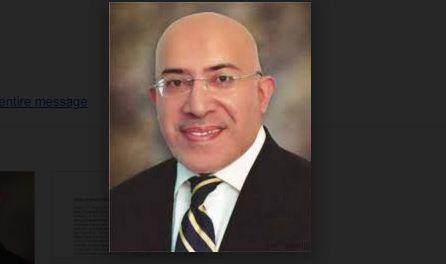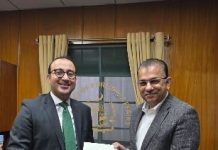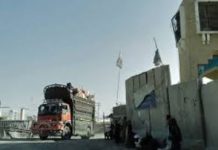Lahore, AUG 7 /DNA/ – The Pakistan Industrial & Traders Associations Front chairman Mian Nauman Kabir has said that massive fall of rupee value continued to harm the economy, as the cost of deals done by the businessmen with their foreign buyers has increased manifold due to unprecedented plunge of local currency against dollar. Besides increasing exports and controlling imports the government will have to take administrative measures, as a large demand of cash dollars are seen in the market. He said that the rupee has dropped by 7 percent or Rs11 against the dollar during last couple of months.
Mian Nauman Kabir, in a joint statement with vice chairman Javed Siddiqi appreciated the positive development related to economic indicators, urging the government to control volatility of rupee against the US dollar, as the industrial revival and economic growth is not possible without stability of local currency. He said that Pakistani rupee continued its downward slide against the US dollar, which has appreciated by seven percent against the local currency since May this year, trading at Rs163.5 against the rate of as low as Rs152 in May. In terms of the rupee, the dollar has appreciated by Rs11 since May which shows the exchange rate is not managed by the State Bank of Pakistan (SBP) but it also shows the exchange rate is not stable.
Mian Nauman said that the end of previous fiscal year with current account deficit was a serious blow to the exchange rate while the fear of higher demand of dollars further exacerbated with the information of the SBP that the county would need $20 billion to repay loans.
He said that the import bill of $6 billion in June this year was enough to signal the market that demand of dollar was very high but the State Bank’s information that the current account deficit would be two to three percent in FY22 forced the importers to book as much as possible to avoid more appreciation of greenback.
PIAF Vice Chairman Javed Siddiqi observed that the market-based flexible exchange rate system, resilience in remittances and other factors can help contain the current account deficit in a sustainable range of 2-3 percent of GDP in FY22. He said that the rising of dollar is not logical despite the fact that the State Bank says Pakistan’s external position was at its strongest in 10 years with 0.6pc current account deficit in FY21. He said that the rising instability in Afghanistan has stirred fear within Pakistan that may hurt the normal economic life in the country, motivating people to buy dollars. At the same time, exports to Afghanistan have come down to almost zero level. Formal and informal exports to the country are in the range of $1.5 billion to $2 billion per year.
Javed Siddiqi said that the fourth wave of Covid-19 is another negative force to depreciate the local currency and shatter the confidence in it. Covid-19 may destabilize the economic growth and ultimately negatively impact the exchange rate.
















